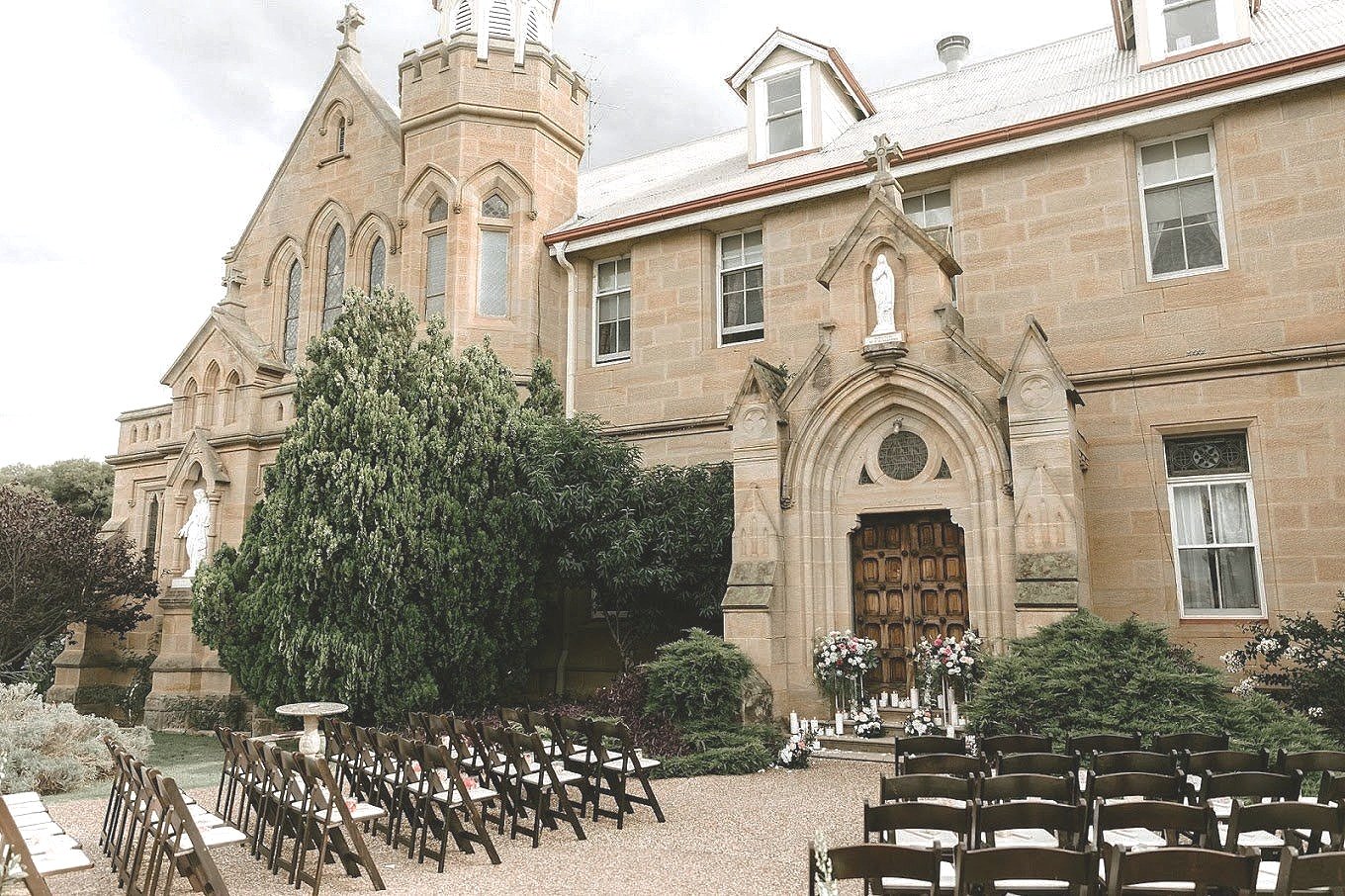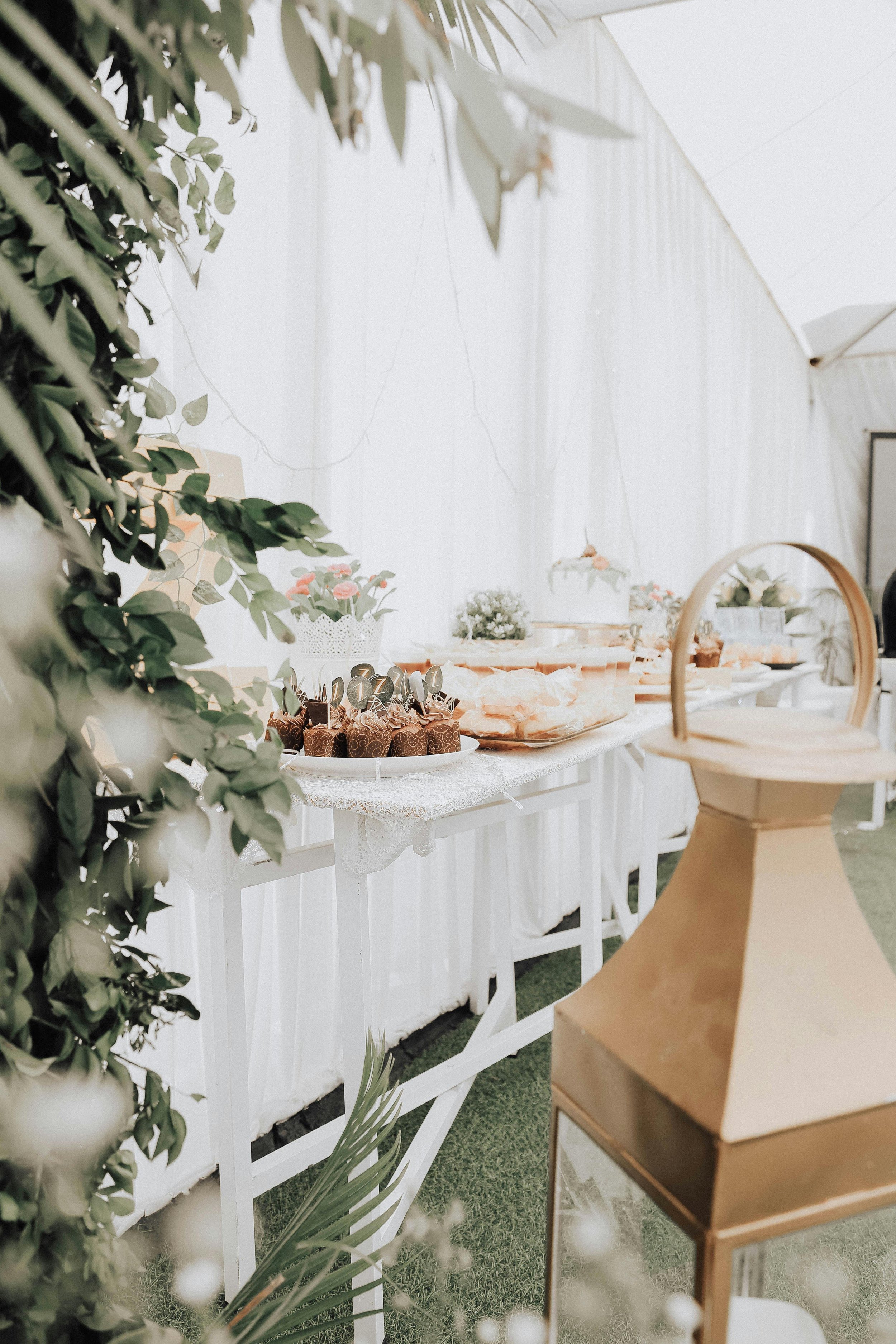
-
Built by the Sisters of Mercy in 1891, The Abbey was once a convent and boarding school. An order of the Sisters of Mercy was founded in Warwick on 29 October 1874, thirteen years after the Sisters first arrived in Queensland, from Ireland. The site, on Locke Street, was chosen by Bishop Quinn and purchased by the Sisters on 27 August 1877 from Edward Collins, who acquired the original Deed of Grant on 1 February 1854.
-
Several plans were submitted for consideration and those of Brisbane architects, Simkin and Ibler were chosen.
George Simkin and John Ibler, were two prominent architects in Brisbane who designed many buildings which became notable examples of Victorian eclecticism and flamboyance, including a number of Catholic Churches and schools in Brisbane and Ipswich, as well as the Breakfast Creek Hotel.
-
The foundation stone of the convent was laid in August 1891 by Archbishop Robert Dunne, who also performed the opening ceremony two years later on 11 March 1893.
These occasions were gala events in Warwick, and much of the cost of the building was defrayed by subscriptions raised at the ceremonies.
The building was described as a "magnificent edifice, commanding a beautiful view of the town and district".
-
The building was constructed from sandstone obtained from Mitchell's Quarry. The building has considerable aesthetic value, as a well composed substantial sandstone building, with fine detailing, including sandstone carvings and tracery; stained glass panels; and internal joinery, particularly the timber ceilings.
The building also houses some very fine and rare stained glass panels, from the Royal Bavarian Art Institute of Stained Glass in Munich.
-
For 93 years the building was home to the nuns and their students.
During the Second World War, boarders from Brisbane were transferred to the convent in Warwick, which required the closing in of the western veranda.
The Sisters of Mercy withdrew from Warwick in 1988. The convent was renamed "Sophia", a Greek word for wisdom, and opened as a campus for tertiary education.
Since 1994, the building has been privately owned, and lovingly renovated into a boutique hotel, wedding and events venue.
Full of character and the romance of yesteryear, the Abbey is an important part of Australia's early European history.
HISTORY OF THE ABBEY
OUR REVIEWS










